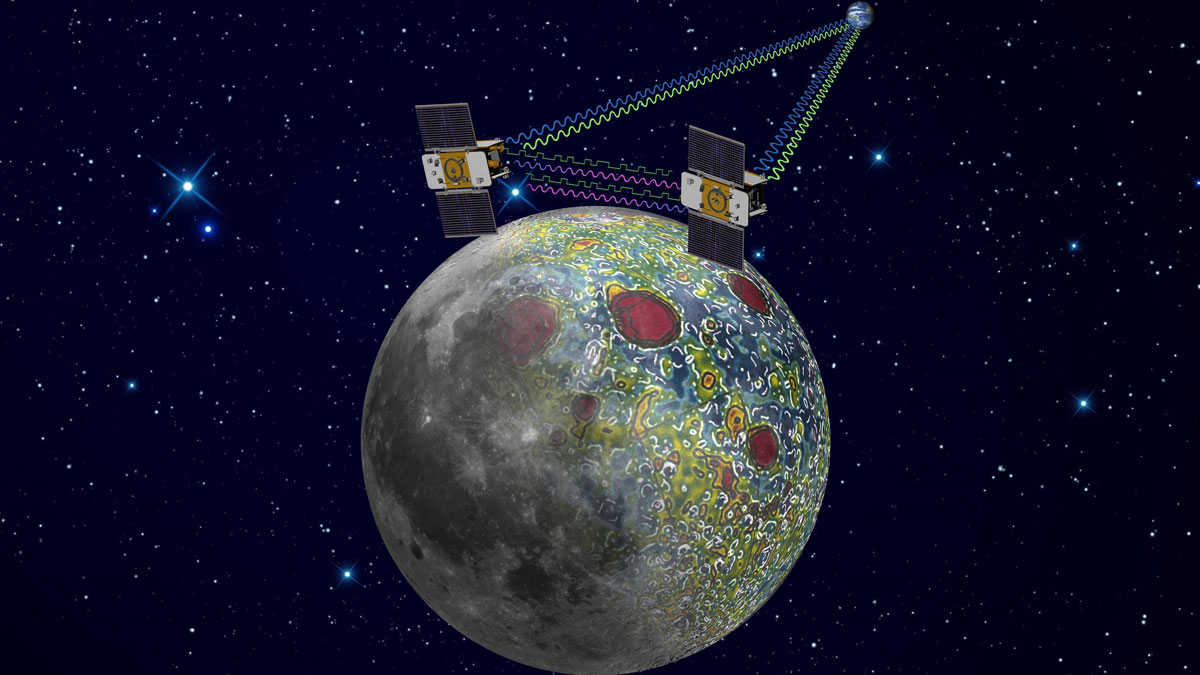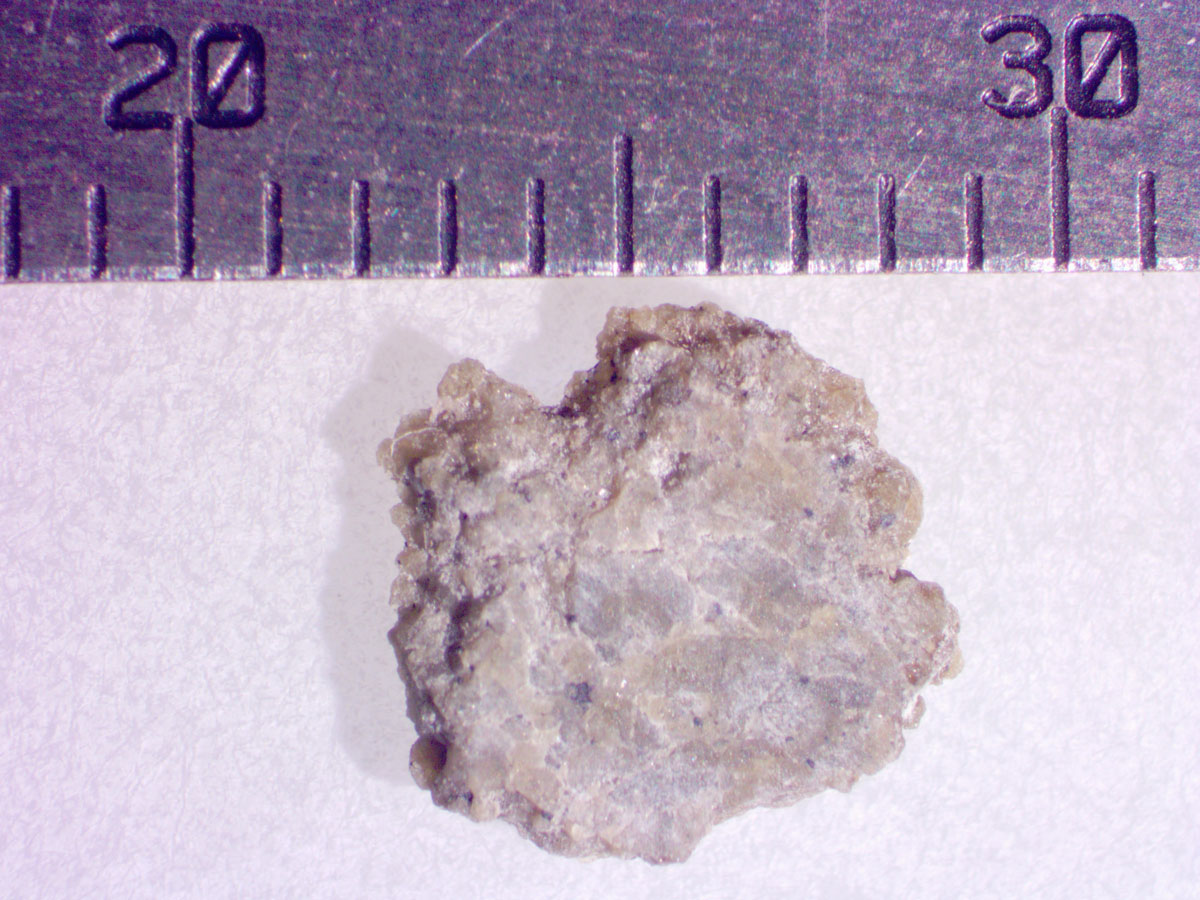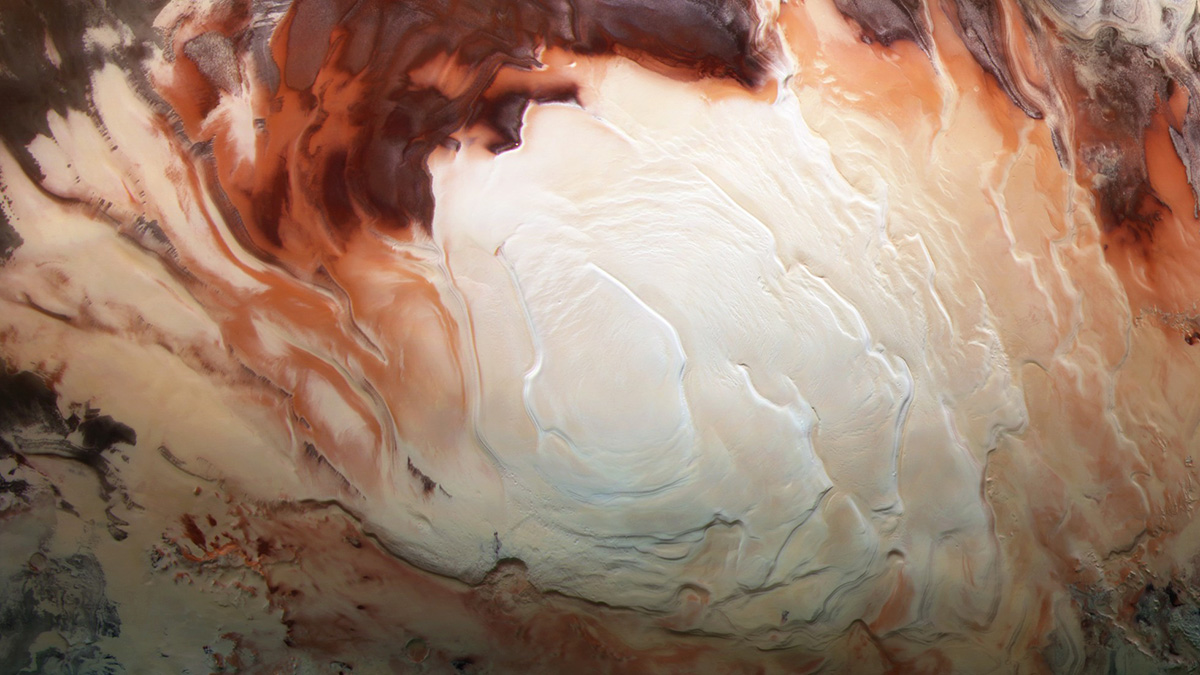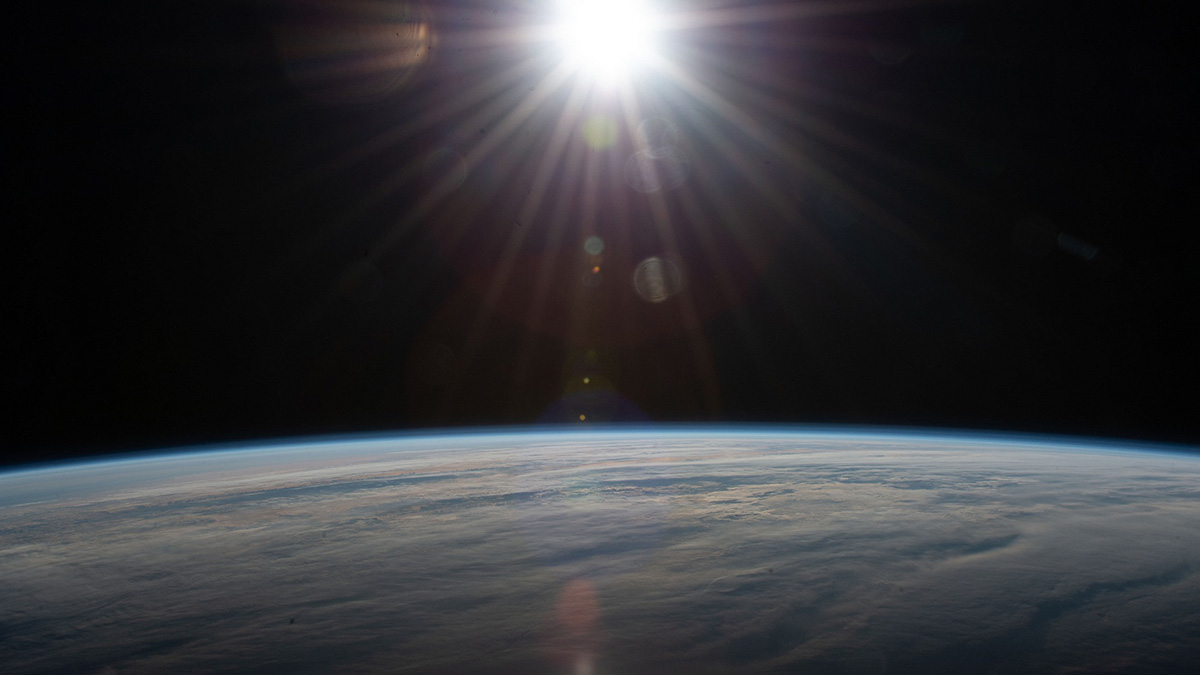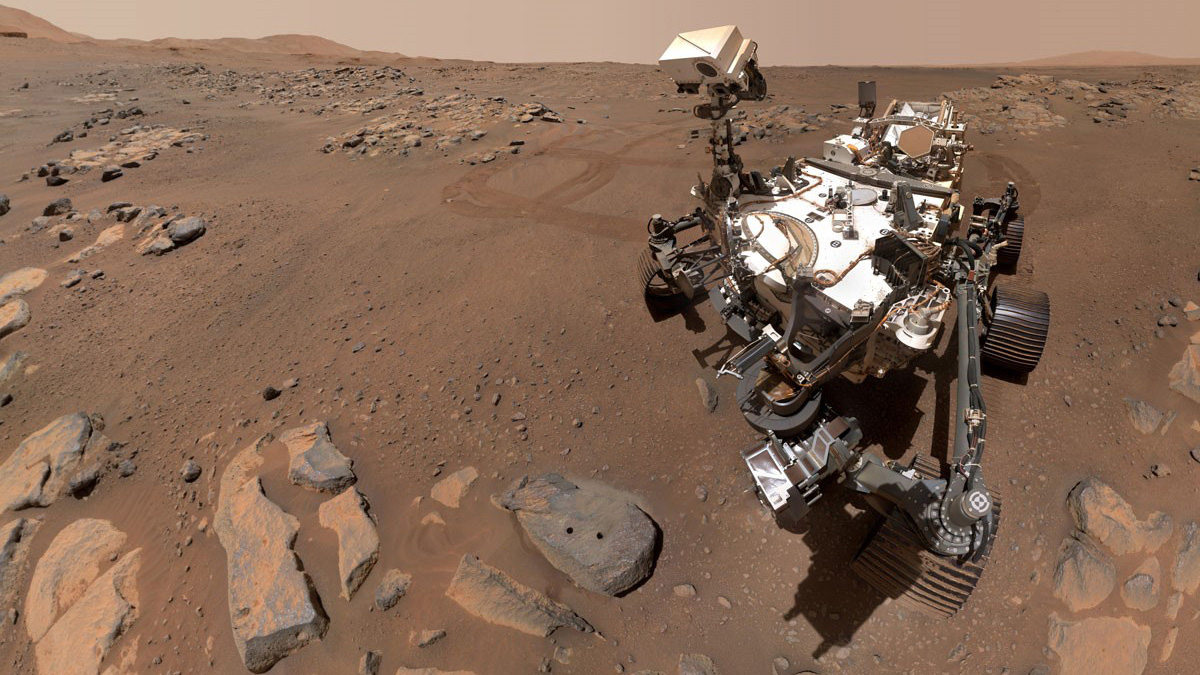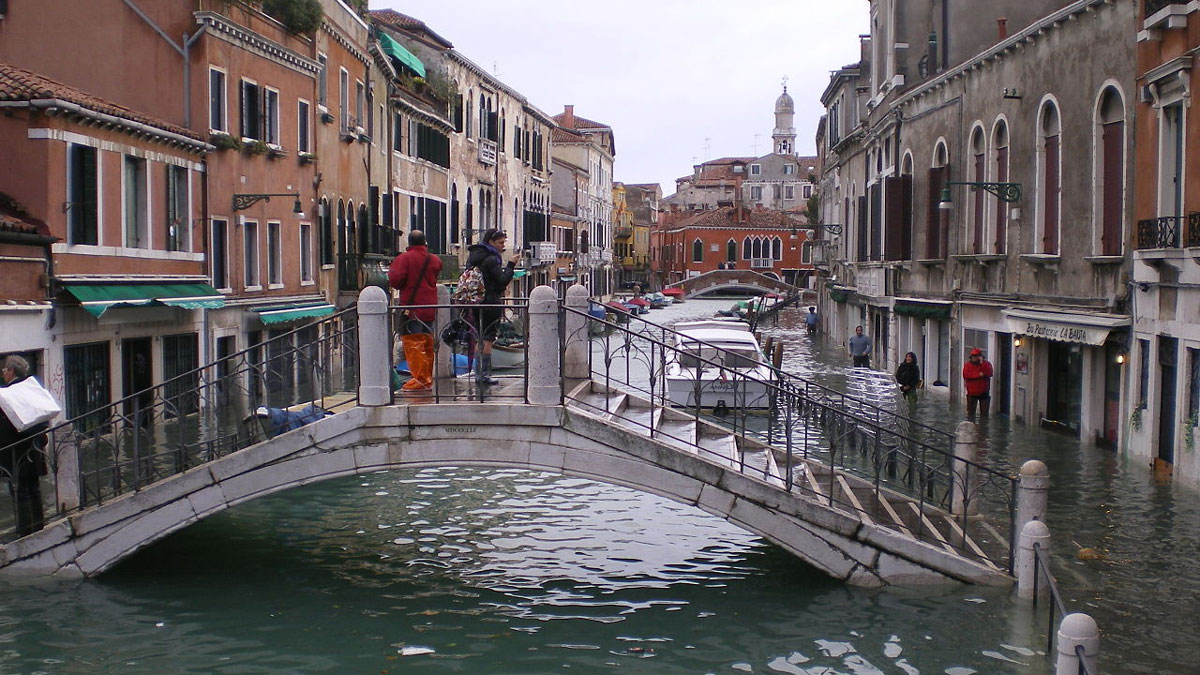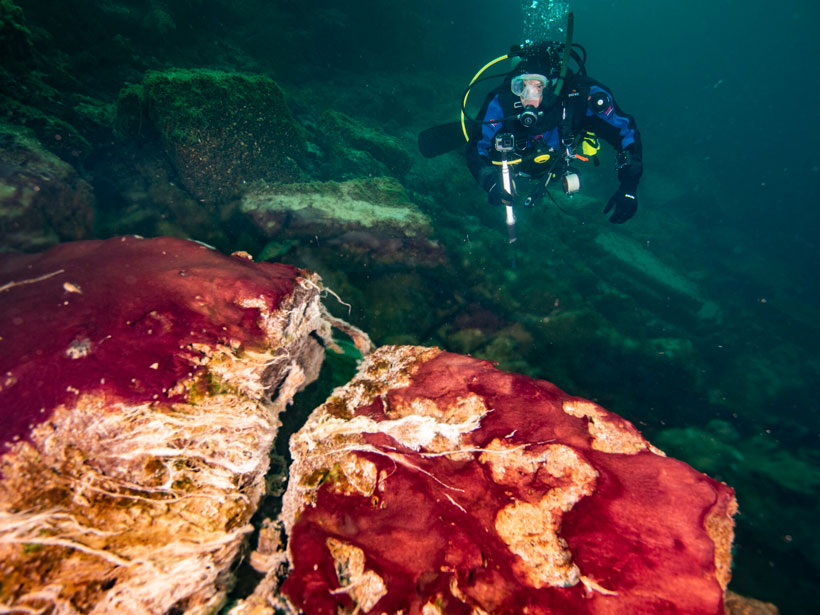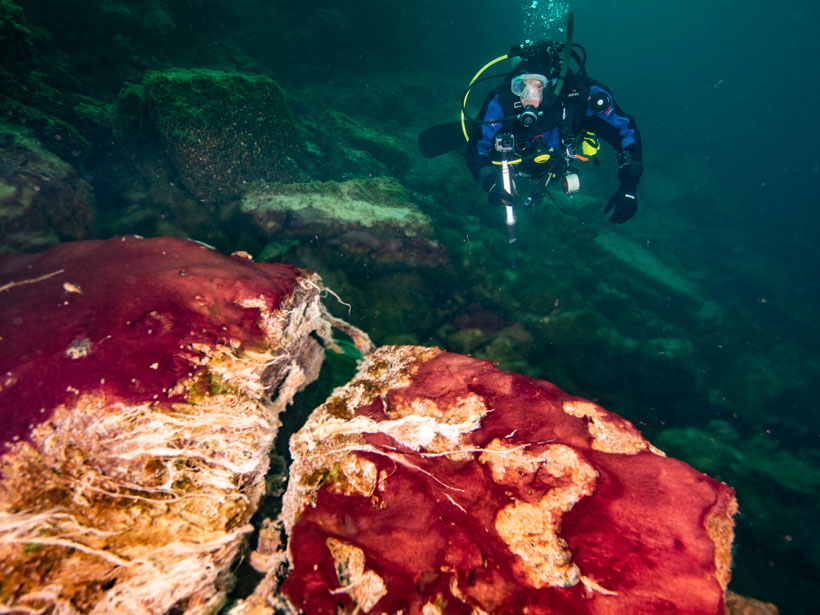Helioseismology allows scientists to study the interior of the Sun, solve some basic physics mysteries, and forecast space weather.
Damond Benningfield
Damond Benningfield is a freelance science writer and audio producer in Austin, Texas. Among other projects, he writes and produces StarDate, a daily radio program about astronomy and space exploration, and Science and the Sea, a weekly program about marine science. He has been involved with several other short-format radio programs. Benningfield, a native of Austin, also serves as executive editor of StarDate magazine. He has contributed to almost 50 magazines, newspapers, and websites, including Air & Space/Smithsonian, Smithsonian, and Astronomy. He has a bachelor of journalism degree from The University of Texas at Austin.
Moon’s Porosity Changes Cratering History, Study Says
Gravity field measurements from decade-old lunar orbiter provide a proxy for counting craters.
Flipping the Sequence of Martian Formation
Analysis of the Chassigny meteorite suggests the planet acquired most of its interior volatiles from meteorites, not from the solar nebula.
The Bumpy Search for Liquid Water at the South Pole of Mars
Studies since 2018 have provided competing explanations of bright radar reflections from the base of the south polar ice cap.
Pequeños cambios climáticos podrían verse magnificados por procesos naturales
Un nuevo estudio utiliza técnicas de modelado para descubrir cómo pequeños incidentes de calentamiento pueden convertirse en eventos hipertermales que duran miles de años.
Scientists Plan a Home Away from Home for Mars Samples
The core tubes being collected by the Perseverance rover won’t arrive for years, but NASA and the European Space Agency are outlining needs for a facility to assess their safety and store and distribute them.
For Venice’s Floodgates to Work, Better Forecasts Are Needed
Climate change increases massive storm surges, which may be more than Venice’s flood-control system can handle.
Días más largos probablemente incrementaron el oxígeno temprano de la Tierra
Tapetes microbianos en el sumidero del Lago Huron, combinado con modelado, sugiere que el cambio en duración del día de la Tierra podría haber jugado un rol principal en la oxigenación de la atmósfera.
Small Climate Changes Could Be Magnified by Natural Processes
A new study uses modeling techniques to uncover how small incidents of warming may be turned into hyperthermal events lasting thousands of years.
Longer Days Likely Boosted Earth’s Early Oxygen
Microbial mats in a Lake Huron sinkhole, combined with modeling work, suggest that the changing length of Earth’s day could have played a key role in oxygenating the atmosphere.


